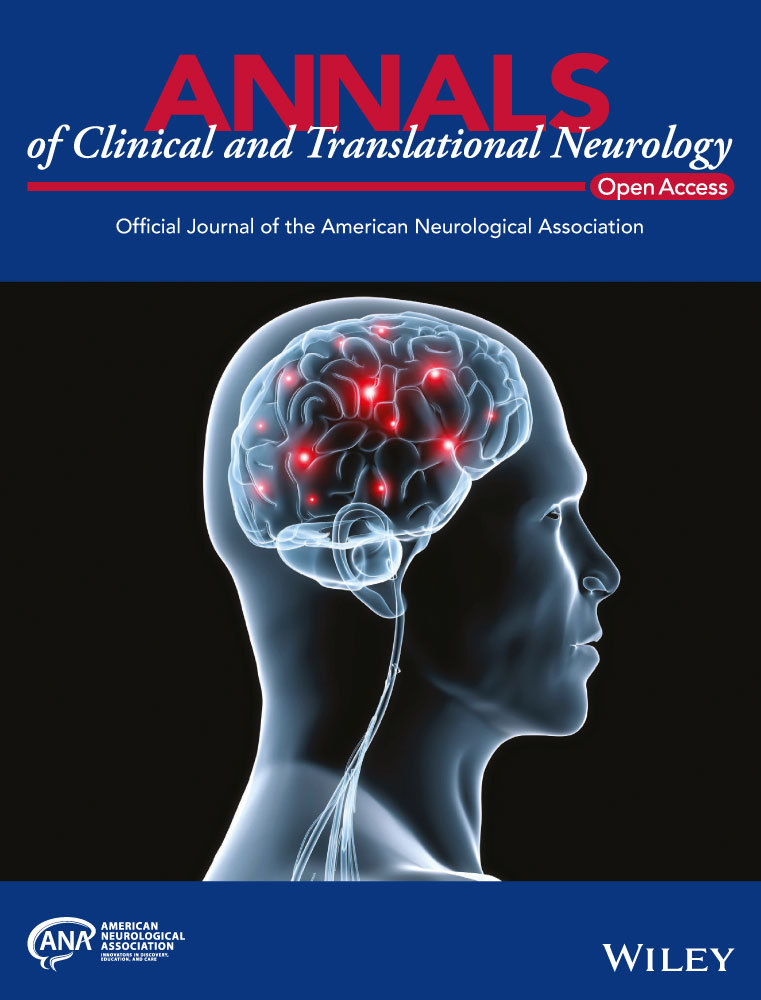Radiofrequency ablation for DYT-28 dystonia: short term follow-up of three adult cases
Funding Information
This study was supported by the Japan Brain Foundation.
Abstract
Mutations in the lysine methyltransferase 2B (KMT2B) gene have recently been reported to be associated with childhood-onset generalized dystonia. There have been no studies investigating ablative treatments for the management of this disorder. Three patients underwent either a staged unilateral pallidotomy and contralateral pallidothalamic tractotomy (19-year-old man, 2-year follow-up), a unilateral pallidothalamic tractotomy (34-year-old man, 6-month follow-up) or a simultaneous unilateral pallidothalamic tractotomy and ventro-oral thalamotomy (29-year-old man, 6-month follow-up). The average total patient score on the Burke-Fahn-Marsden Dystonia Rating Scale-Movement Scale improved from 39.5 to 13.2 (66.6%) after the procedures. No significant complications were identified. Ablative treatments appear to be a promising alternative surgical option for generalized dystonia with KMT2B mutation.
Conflict of Interest
The authors declare that the research was conducted in the absence of any commercial or financial relationships that could be construed as a potential conflict of interest.




